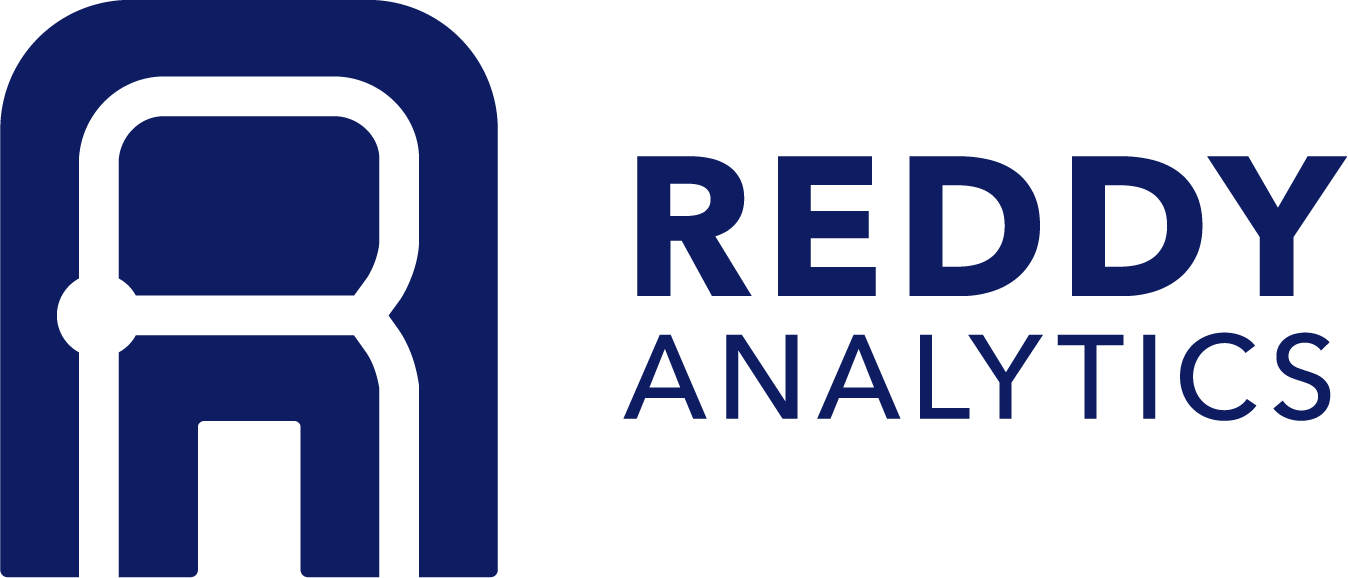Real-Time Estimation of Platform Crowding for New York City Subway: Case Study at Wall Street Station on No. 2 and No. 3 Lines in Financial District
Amid significant increases in ridership (9.8% over the past 5 years) on the more than 100 year-old New York City Transit (NYCT) subway system, NYCT has become aware of increased crowding on station platforms. Because of limited platform capacity, platforms become crowded even during minor service disruptions. A...

